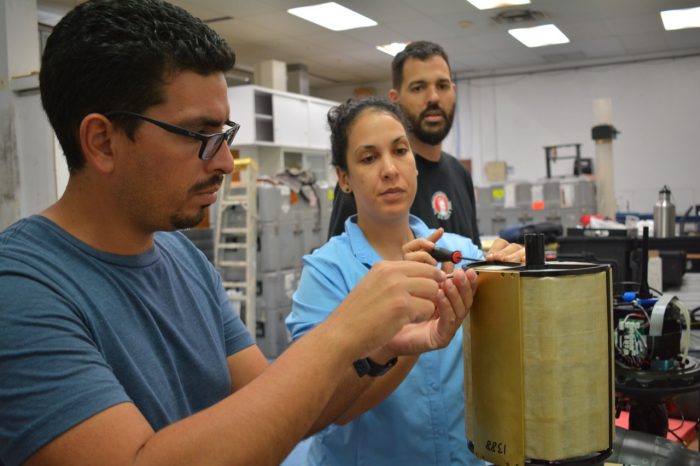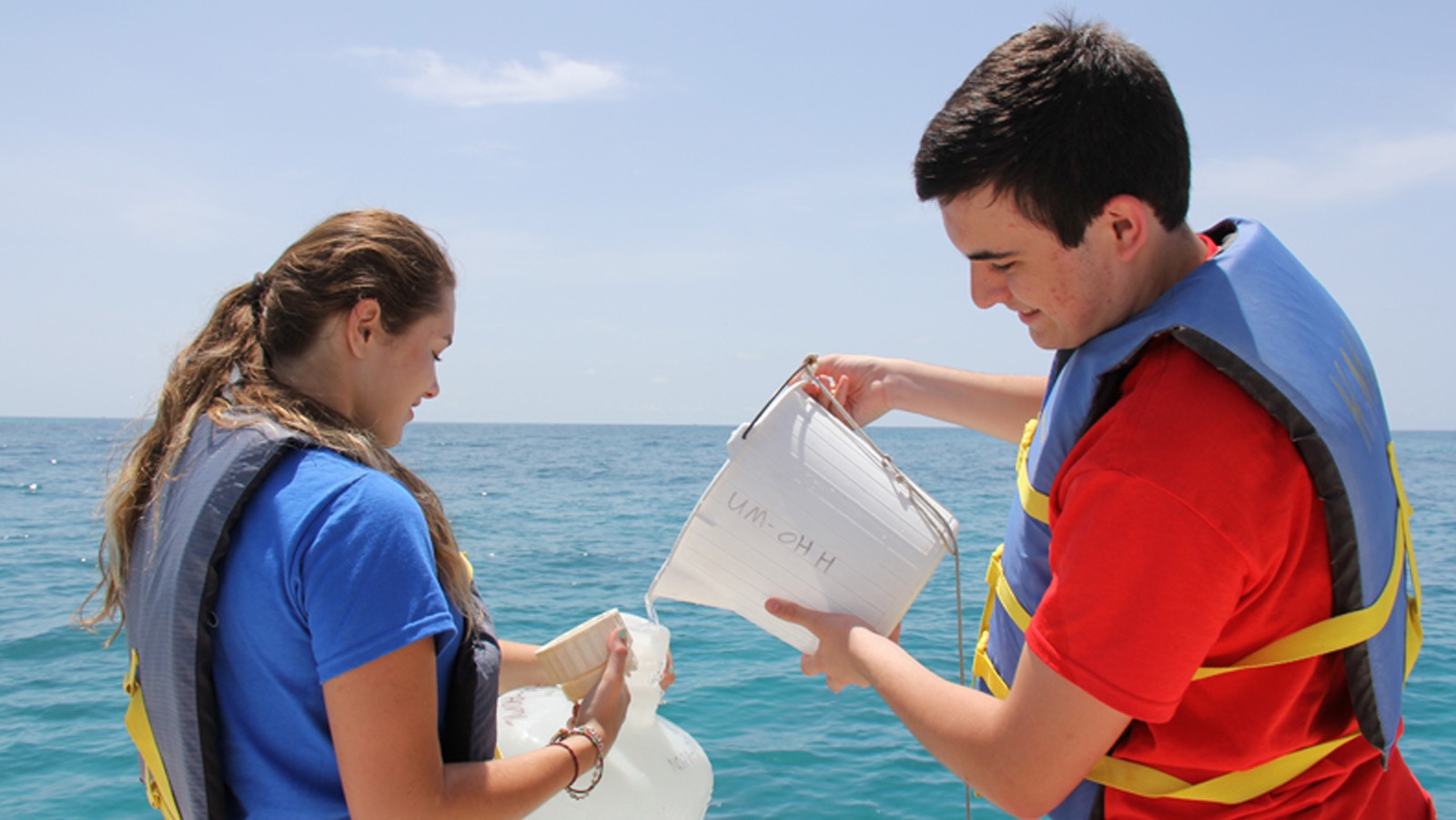Careers at AOML
AOML is a global leader in atmospheric, ocean, and coastal research.
Join our Team.
At AOML, we pride ourselves on developing a top-tier workforce that encourages exploration in research, and pursues career growth and mentorship. View our open positions on this page with links to apply at USA jobs, or learn more about AOML as an organization.

Employment through Partners
AOML regularly works with academic partners, contract, and research institutions to help execute our research portfolio. Please see the employment opportunities with our partners below if you are interested in non-federal positions that collaborate with AOML.
Hurricane Research
Ocean Chemistry & Ecosystems
Physical Oceanography
Postdoctoral Opportunities
Hurricane Research
Ocean Chemistry & Ecosystems
Physical Oceanography
Educational Opportunities
Opportunities for Students
NOAA has opportunities for students of any level — from kindergarten through high school, undergraduate and graduate, and even recent graduates. Opportunities include one-day events, summer internships at NOAA, multi-year fellowships, scholarships, and more. Click the button below to visit NOAA’s student opportunities database!

Volunteer Opportunities
Observe your world. Observe with us. Be a citizen scientist for NOAA! Help NOAA predict, observe and protect our changing planet by making your own contributions toward a greater understanding of our Earth and its diverse systems. Whether it’s helping count whales in Hawaii or reporting on weather right outside your window, we’ve got a volunteer opportunity for you! Learn more about NOAA’s citizen science volunteer programs below.
If you are interested in volunteering at AOML, please fill out this form.